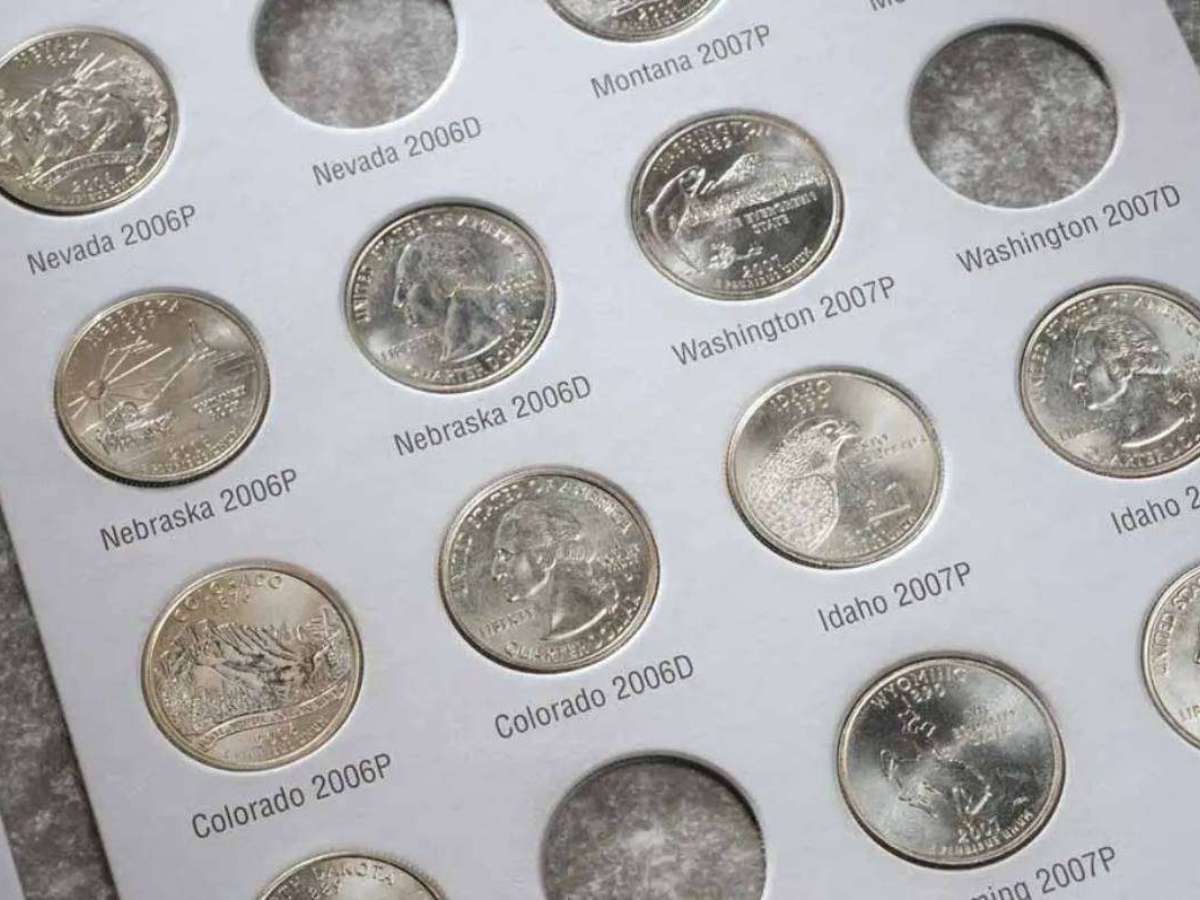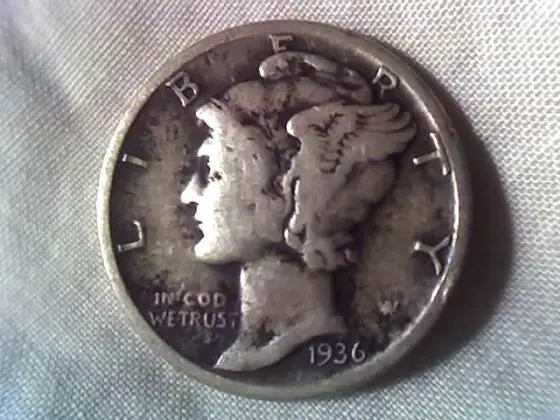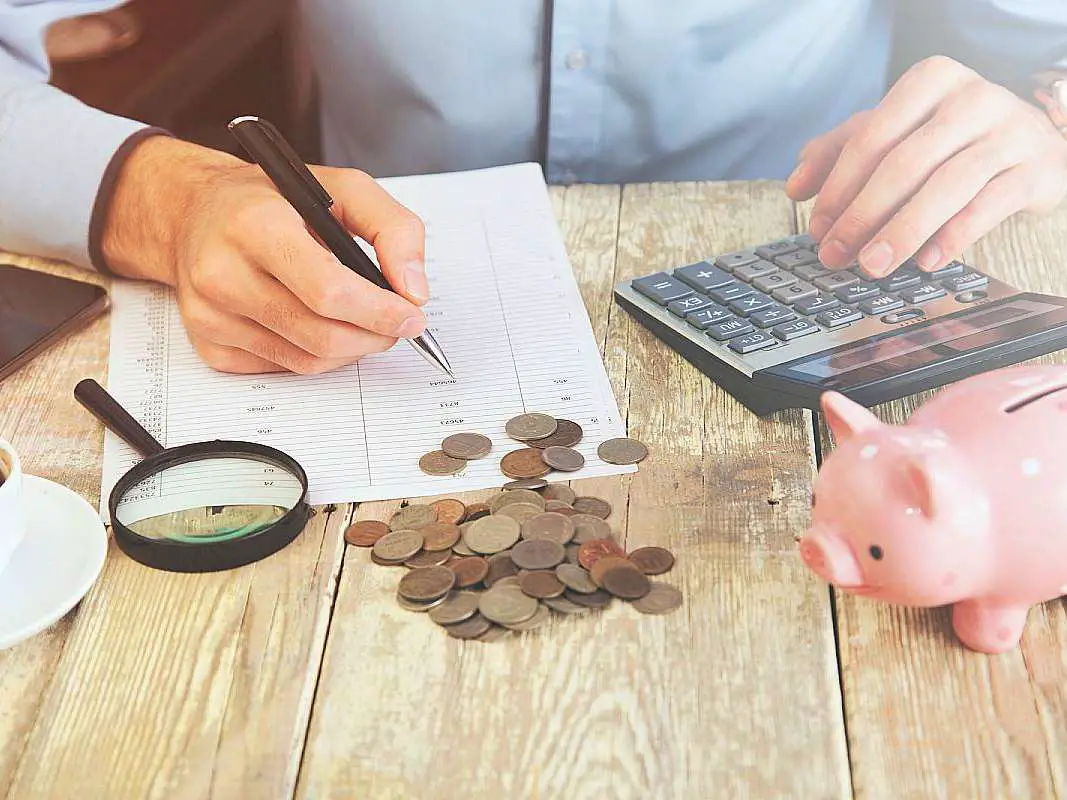I love collecting copper pennies.
While some people may think that all pennies are made entirely from copper, virtually every one-cent coin made since late 1982 has a composition consisting of 97.5% zinc and 2.5% copper.
The coppery color of modern-day pennies is merely a thin plating of copper on a 99.2% zinc, 0.8% copper core.
These newer, zinc-based Lincoln cents are often called Zincolns and are widely available in circulation today.
Older copper pennies are 95% copper and 5% something else.
To be precise: Copper pennies made up until 1962 had a 5% balance of tin and zinc, and from 1962 to 1982 the extra 5% of material was entirely zinc.
Why Save Copper Pennies?
What’s the big deal about the copper pennies? Why are they important to many coin collectors?
First of all, they’re worth more than face value. As of this writing, they’re worth 2 to 3 cents each due to their copper value.
Some would debate whether or not copper pennies are worth their weight as scrap metal, but their intrinsic copper value is nevertheless higher than the face value of the denomination itself — making it worthwhile to check your change and hold aside all pre-1982 pennies.
These old pennies are getting harder to find as more and more people are looking for copper pennies and are removing them from circulation.
A List Of Copper Pennies You Want To Save
Here are some old copper pennies worth saving…
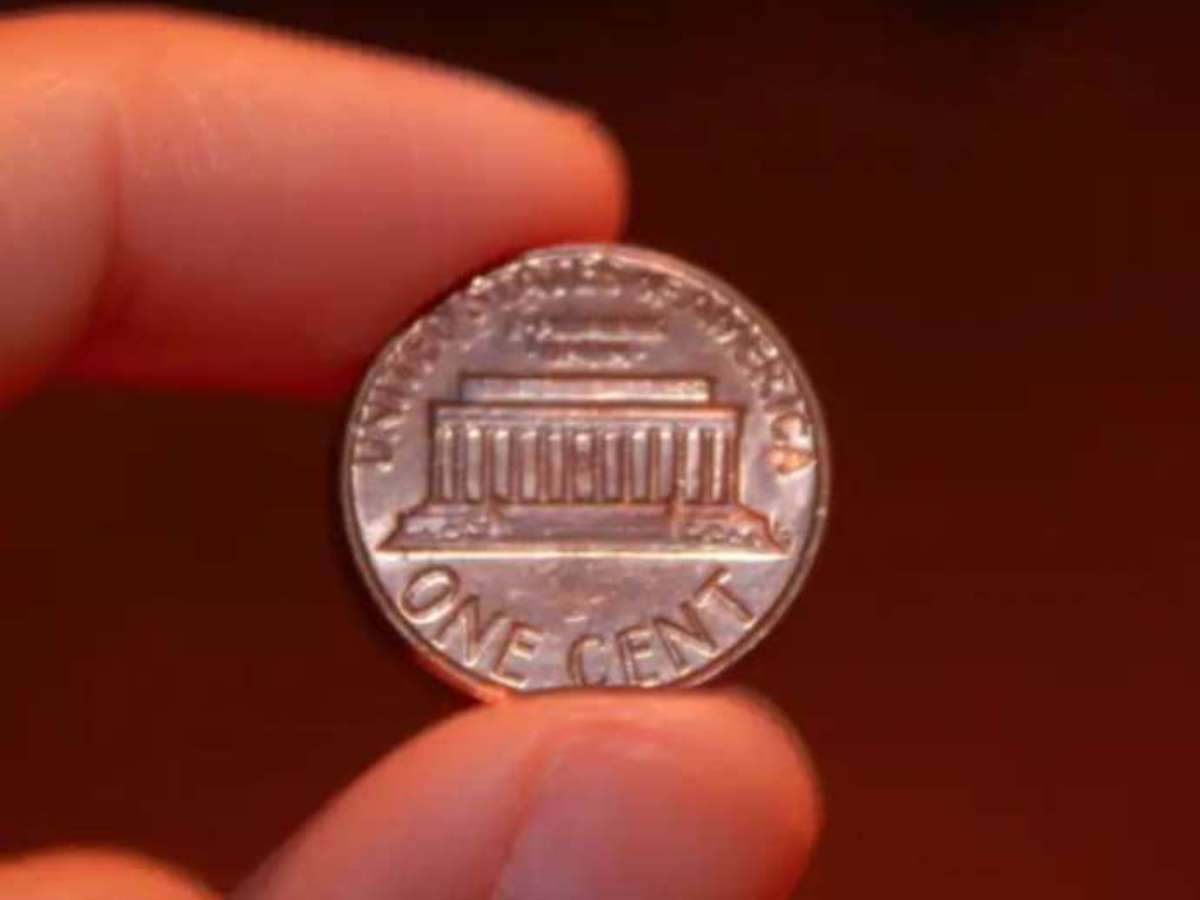
#1 – “S” Mint Lincoln Memorial Copper Pennies
How often have you found an “S” mint Lincoln Memorial copper penny in pocket change?
Among the Lincoln Memorial cents, there were 7 years during which the San Francisco Mint placed its “S” mintmark under the date on business-strike, non-proof pennies.
These include:
“S” Mint Lincoln Memorial Copper Pennies
| Year | Mintage (Business Strikes) |
| 1968-S | 261,311,510 |
| 1969-S | 547,309,631 |
| 1970-S | 690,560,004 |
| 1971-S | 528,354,192 |
| 1972-S | 380,200,104 |
| 1973-S | 319,937,634 |
| 1974-S | 412,039,228 |
Notice that those mintage numbers for the business-strike S-mint Lincoln pennies are in the millions, not billions like most Philadelphia and Denver pennies from that era.
Most of these S-Mint Lincoln Memorial cents have been pulled from circulation, so they rarely turn up in pocket change anymore.
Officially, they’re worth only face value if worn, but I’ve seen many circulated S-mint Lincoln Memorial cents selling at coin shops for 5 to 10 cents. Keep that in mind!
#2 – Other Copper Pennies That Are Valuable
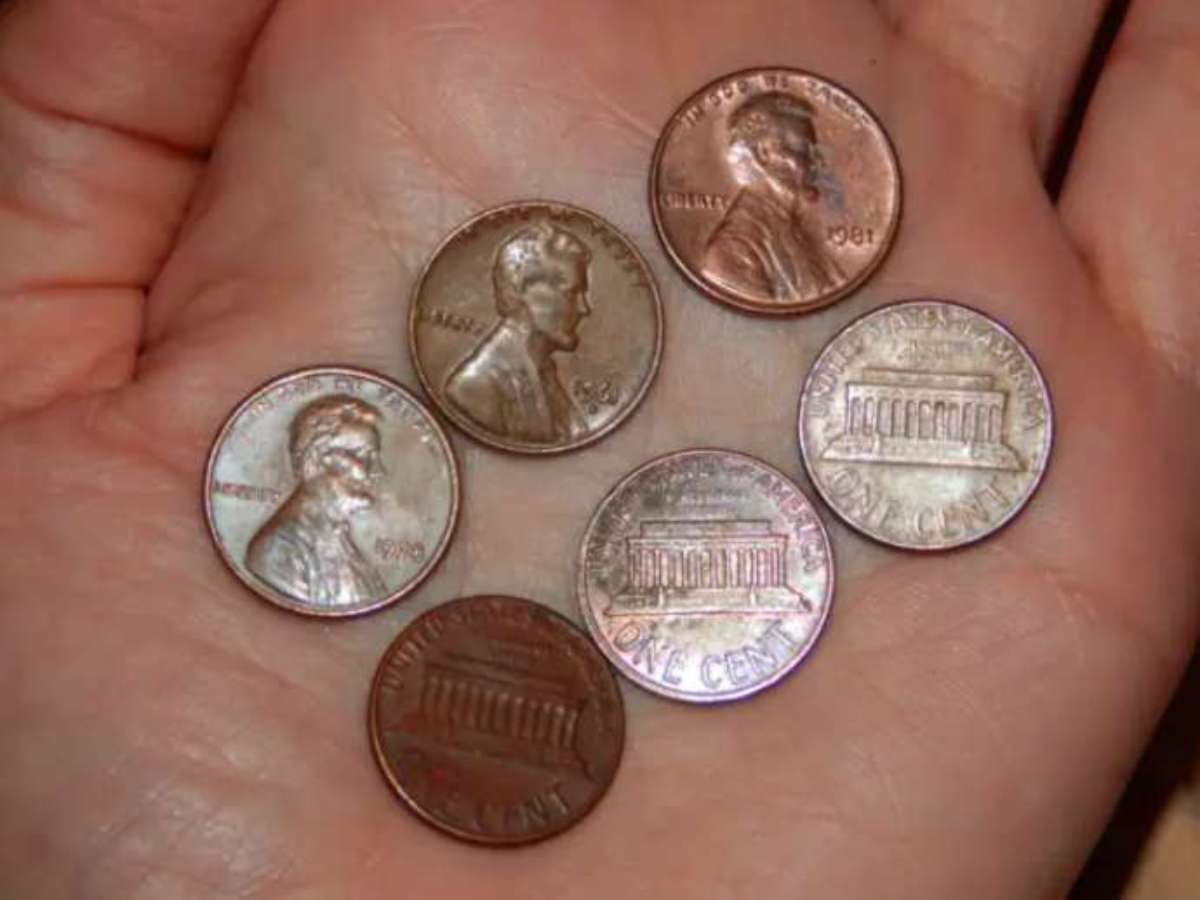
Along with the “S” mint Lincoln Memorial cents, there are several other interesting and valuable pieces to search for.
These include:
Other Copper Pennies That Are Valuable
| Penny Variety | Approximate Value |
| 1960 Small Date | $1.50 |
| 1960 Large Date | 3 cents |
| 1960 Small Date Over Large Date | 3 cents |
| 1960-D Small Date | 3 cents |
| 1960-D/D Small Date Over Large Date | $100 |
| 1969-S Doubled Die Obverse | $25,000 |
| 1970-S Small Date | $25 |
| 1970-S Doubled Die Obverse | $2,500 |
| 1972 Doubled Die Obverse | $250 |
*Values are for coins in Extremely Fine-40 grade
#3 – Old Copper Lincoln Wheat Pennies
So far, this article has been mainly centered around looking for copper Lincoln Memorial cents — which were minted from 1959 through 1982.
But that’s doesn’t mean Lincoln wheat pennies (which were minted from 1909 through 1958) are, as they say, “chopped liver.”
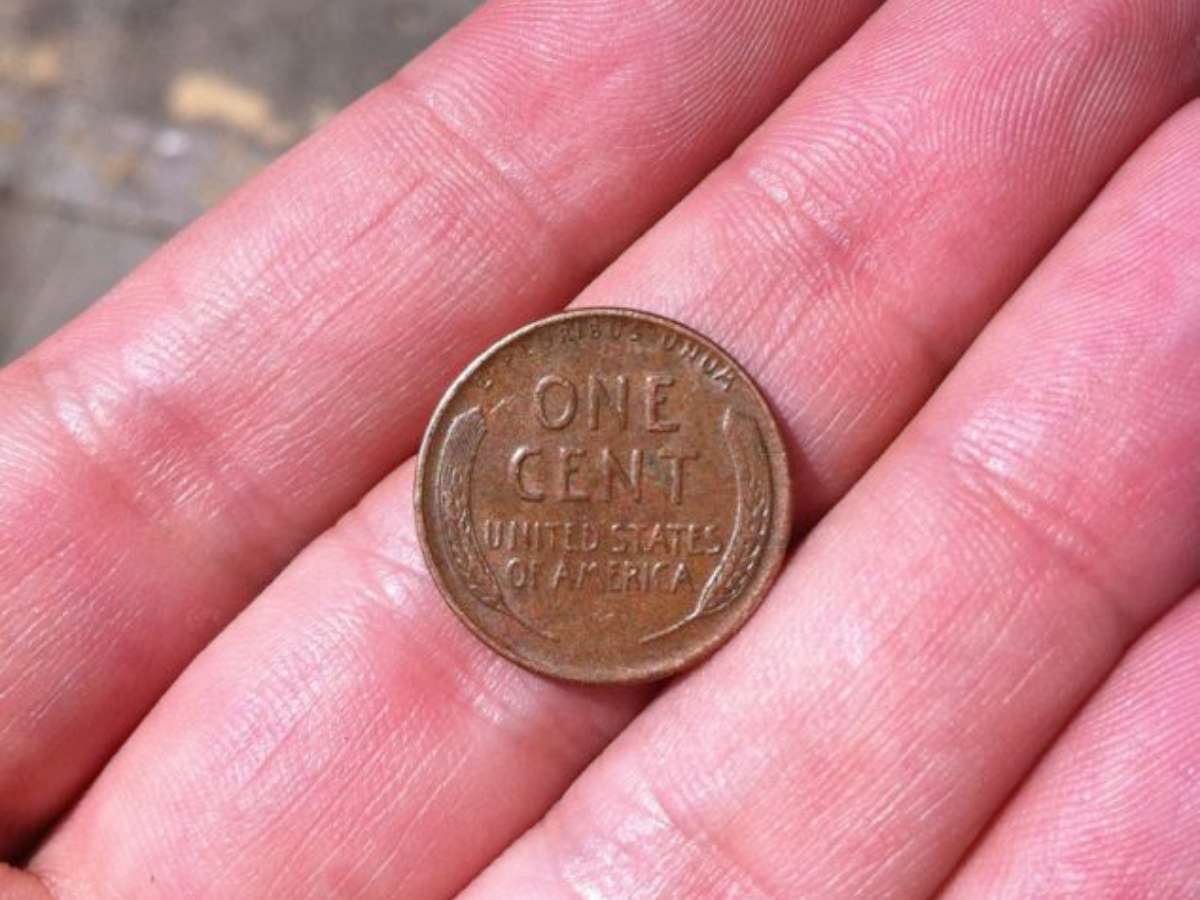
In fact, their numismatic values makes them worth more than most Lincoln Memorial pennies. And, yes, they’re made from copper, too — with one exception: steel pennies.
Steel cents were made in 1943, though a few 1944 steel pennies were made by accident. But steel pennies are a topic for another article.
Today, we’re talking about copper coins.
All Lincoln wheat pennies are worth a minimum of 3 to 5 cents each, though many are worth more.
I’ve written extensively about the values of Lincoln wheat pennies and invite you check out a few of these articles:
- 7 Rare Wheat Pennies Worth Collecting & What They’re Worth
- Lincoln Semi-Key Coins Versus Key Coins And Their Values
- Most Valuable Pennies: A List Of The 43 U.S. Pennies Worth Holding Onto
Here’s how to tell what a penny is made of (whether it’s a copper penny or a copper-plated zinc penny) and the story behind zinc pennies.
Tips To Help You Find Copper Pennies
What’s the easiest way to search for copper pennies?
Of course, pocket change still yields plenty of copper cents. In my 3 to 5 weekly cash transactions involving 2 to 4 pennies, I probably find between 2 and 5 copper pennies each week. Sometimes more, sometimes fewer.
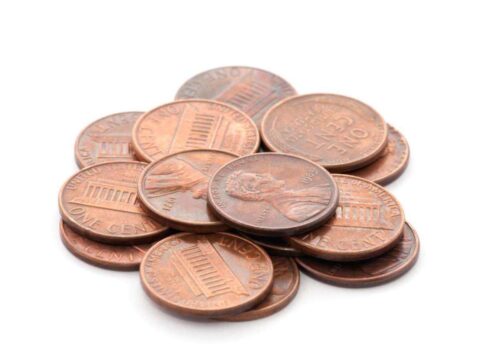
Of course, receiving 5 copper pennies weekly isn’t a very efficient way of building a nice hoard of copper pennies. So, that’s why I turn to coin roll searching.
One time, I found about 200 copper pennies among 20 rolls of pennies, or $10 worth of one-cent coins.
That means about 20% of the pennies passing through my hands in those rolls were copper ones. And, that 1:4 ratio of copper pennies to zinc Lincoln cents seems to be about my probability of finding copper one-cent coins in circulation today.
The difference with looking through rolls of pennies is that I’m looking at many more coins that way than I ever would through my cash transactions alone.
So searching coin rolls is a much faster way to build your hoard of copper pennies than by simply pulling old coins out of spare change alone.
Can You Melt Pennies For Their Copper Value?
Here’s the short answer — the one you probably don’t want to hear: “NO!” As of this writing, anyway.
The United States government banned melting copper pennies in 1974. Under the same law, it’s illegal to melt 5-cent coins for their copper value, too (yes, “nickels” are actually 75% copper).
If you get caught scrapping pennies, you could end up paying $10,000 in fines and spend 5 years in the slammer — prison, that is.
So, don’t do it. Don’t even think about trying to sneak a “few” copper pennies over to the scrap yard. It’s just not worth it.
Many people who hoard copper coins these days are simply waiting for the penny melting laws to change, which may happen someday.
I, on the other hand, am simply holding onto my copper pennies with no particular plans except to perhaps search them someday for varieties, errors, and other interesting numismatic aberrations.


